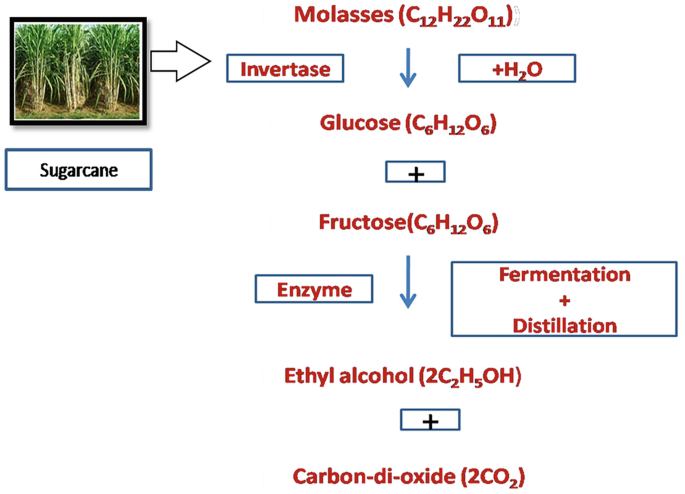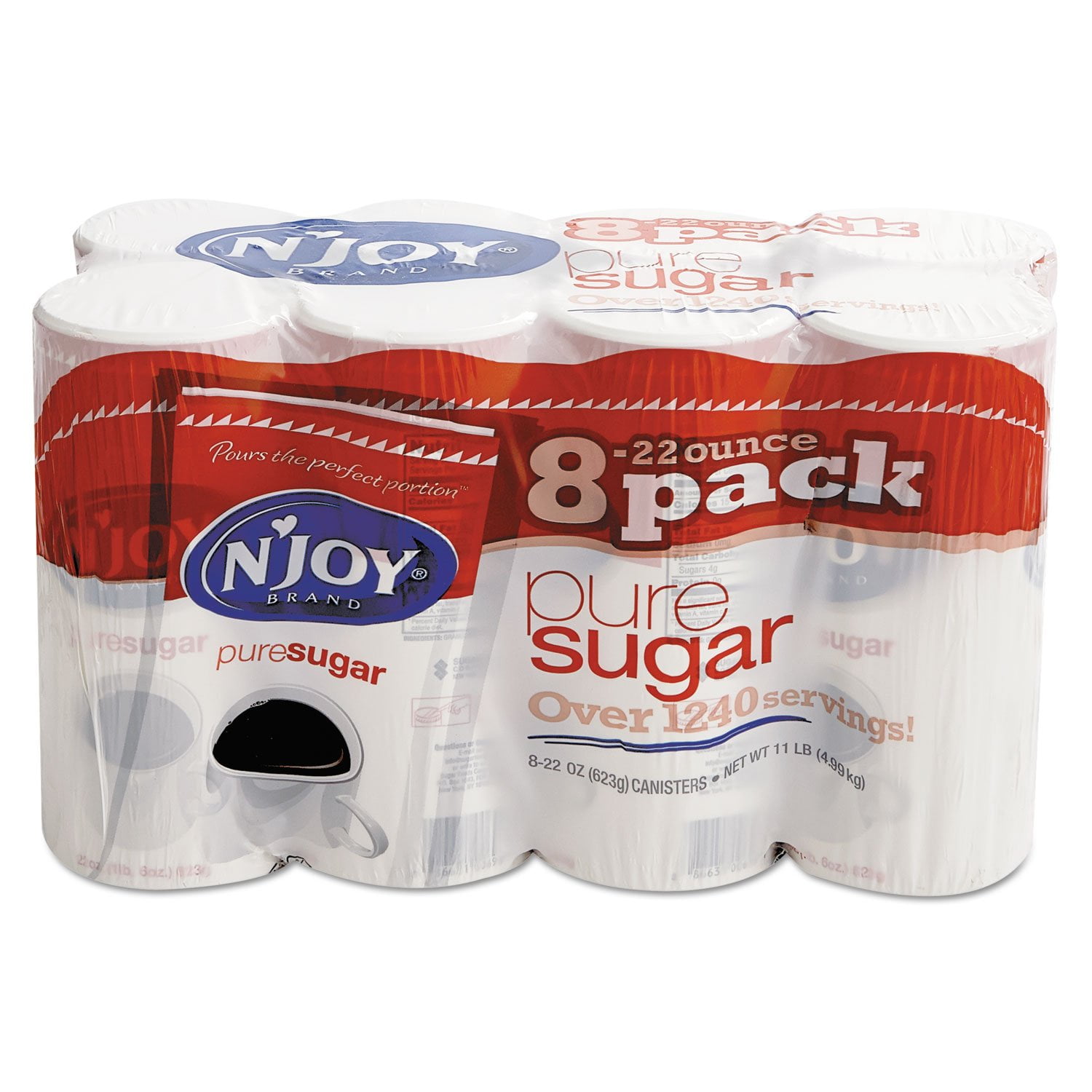Ultimate Guide: What Is Sugar Cane Used For in Everyday Life
Recognizing the Diverse Functions of Sugar Cane in Agriculture and Production
Sugar Cane plays an important role in both farming and production. As a significant money crop, it influences economies in tropical areas. Its adaptability extends past sugar production to biofuels and biodegradable products. Additionally, sugar Cane farming promotes soil wellness and biodiversity. Nonetheless, the full scope of its contributions and prospective in lasting practices continues to be to be discovered. What cutting-edge steps could enhance its duty in future agricultural systems?
The Agricultural Relevance of Sugar Cane
Sugar Cane plays a crucial duty in farming, adding considerably to the economic climates of many exotic and subtropical areas. This grass types grows in cozy climates, requiring adequate sunshine and water, making it an ideal plant for these locations. Sugar Cane is primarily cultivated for its high sucrose material, which works as a vital resources for sugar manufacturing. Additionally, it plays a significant role in soil conservation by preventing erosion and improving dirt fertility via its development cycles. Sugar cane's considerable root system help in water retention, profiting neighboring plants. In addition, the crop supports neighborhood communities by offering environment and food for various wild animals varieties. Farmers usually incorporate sugar Cane right into crop turning systems, boosting biodiversity and farming durability. The cultivation of sugar Cane not just meets regional food demands yet likewise promotes lasting agricultural practices, advertising long-lasting environmental health and wellness in farming communities.
Economic Contributions of Sugar Cane Cultivation
Although sugar Cane is typically forgotten, its economic payments are substantial, specifically in creating countries where it functions as a vital cash money crop. The farming of sugar Cane generates considerable revenue for countless farmers, supplying incomes and cultivating rural development. As a flexible plant, it supports numerous markets, consisting of sugar production, biofuels, and pharmaceuticals, subsequently promoting local economic situations.
Sugar Cane farming promotes job development in farming industries, refining centers, and transportation networks. It likewise adds to fx incomes via exports, enhancing national economic stability. In areas such as Brazil and India, sugar Cane plays a pivotal role in agricultural exports, boosting profession equilibriums.
Additionally, the crop's spin-offs, like bagasse and molasses, supply further economic opportunities, used in energy generation and animal feed. The financial influence of sugar Cane expands past plain farming, affecting wider industrial and agricultural landscapes.
The Process of Sugar Manufacturing From Walking Cane

The trip from sugar Cane to polished sugar includes several key phases that highlight the intricacy of sugar manufacturing. Fully grown sugar Cane stalks are gathered and transferred to refining facilities. What Is Sugar Cane Used For. The Cane is then squashed to extract juice, which contains a high concentration of sucrose. This juice undertakes explanation, where pollutants are removed, often making use of lime and warm
Next, the made clear juice is evaporated to focus the sugar web content. The resulting syrup is then based on crystallization, permitting sugar crystals to form. These crystals are separated from the staying syrup through centrifugation and cleaned to eliminate any type of recurring molasses.
The last involves refining, where sugar crystals are more cleansed and blonde, resulting in the white granulated sugar generally made use of in foodstuff. This precise process emphasizes the complex trip from raw Cane to the sugar that plays an essential function in numerous cooking applications.
Sugar Cane as a Resource of Biofuels
As rate of interest in eco-friendly energy sources grows, sugar Cane has actually become a considerable prospect for biofuel manufacturing. The plant's high sugar content allows reliable fermentation processes, converting sugars right into ethanol. This biofuel works as a renewable option to fossil gas, reducing greenhouse gas emissions and promoting power sustainability.
Countries like Brazil have long used sugar Cane for ethanol, establishing extensive production facilities that supports both domestic energy demands and worldwide export. The farming of sugar Cane for biofuel has actually likewise developed financial opportunities, particularly in rural see page areas, where it produces work and sustains neighborhood farming.
Sugar Cane biofuels can be incorporated right into existing gas systems, making them a practical solution for changing away from traditional power resources. As technical improvements remain to improve production efficiency, sugar cane's duty in biofuel advancement is poised to expand, further adding to international efforts toward renewable resource adoption.
Innovative Usages of Sugar Cane in Biodegradable Plastics
A growing number of researchers and suppliers are discovering ingenious uses sugar Cane in the production of naturally degradable plastics. Sugar walking cane, rich in sucrose, can be refined to create polylactic acid (PLA), a biopolymer that acts as an alternative to petroleum-based plastics. This bioplastic can be utilized in numerous applications, consisting of packaging, non reusable cutlery, and farming films.
Making use of sugar cane-derived PLA presents a number More Bonuses of benefits, such as reduced reliance on nonrenewable fuel sources and the possibility for lower carbon emissions during manufacturing. In addition, sugar cane's renewable nature makes it an attractive option in the pursuit for lasting products. Current advancements in processing methods have actually boosted the performance and cost-effectiveness of producing these bioplastics, fostering greater adoption in the market. As the demand for green remedies expands, sugar Cane attracts attention as a useful source in the shift towards greener manufacturing techniques.
Ecological Advantages of Sugar Cane Farming

In enhancement, sugar Cane calls for less water compared to other crops, making it appropriate for growing in deserts. Reliable use crop residues, such as bagasse, can reduce waste and supply sustainable power resources. Sugar Cane farming can facilitate the establishment of agroforestry systems, developing a synergistic relationship between plants and trees. These techniques not only shield the environment however likewise advertise lasting farming methods, eventually profiting local areas and ecosystems.
The Future of Sugar Cane in Sustainable Practices

Moreover, the capacity for sugar Cane to contribute to renewable resource resources is obtaining grip. Biofuels originated from sugar Cane can notably lower carbon emissions compared to nonrenewable fuel sources, lining up with worldwide climate goals. Additionally, improvements in waste administration enable the use of spin-offs, even more reducing environmental impact.
Research right into drought-resistant sugar Cane ranges is likewise underway, providing resilience against environment modification. As stakeholders across the sector welcome these sustainable methods, sugar Cane is poised to play an important role in cultivating agricultural sustainability, guaranteeing its importance in future markets and adding positively to eco-friendly equilibrium.

Often Asked Inquiries
How Does Sugar Cane Affect Soil Health and Fertility?
The impact of sugar Cane on soil health and wellness and fertility is substantial. Its extensive root system navigate to this website improves dirt framework, while natural issue from decaying leaves adds essential nutrients, promoting overall fertility and supporting diverse microbial life.
What Are the Labor Conditions for Sugar Cane Workers?
Labor conditions for sugar Cane employees differ extensively, often characterized by long hours, reduced incomes, and harmful settings. Several face challenges such as absence of accessibility to health care and inadequate protective measures versus dangerous conditions.
Can Sugar Cane Be Expanded in Non-Tropical Environments?
Sugar Cane typically thrives in exotic environments as a result of its warm and humidity needs. Particular non-tropical regions might effectively cultivate it through certain farming techniques, though yields and quality might be significantly reduced.
What Vermin Typically Threaten Sugar Cane Crops?
Bugs threatening sugar Cane plants include the sugarcane borer, aphids, and nematodes. These microorganisms can significantly influence crop return, requiring reliable bug management methods to guarantee healthy growth and make best use of agricultural performance.
How Does Sugar Cane Growing Influence Local Communities?
The growing of sugar Cane significantly affects local communities by offering job opportunity, promoting financial development, and affecting social structures. Furthermore, it can lead to environmental challenges, affecting agricultural methods and neighborhood health in the area.
Sugar Cane is largely cultivated for its high sucrose content, which serves as a vital raw product for sugar manufacturing. Farmers frequently integrate sugar Cane into crop rotation systems, improving biodiversity and agricultural durability. The trip from sugar Cane to polished sugar entails numerous vital phases that highlight the intricacy of sugar manufacturing. The last phase entails refining, where sugar crystals are more detoxified and blonde, resulting in the white granulated sugar generally used in food products. The plant's high sugar web content makes it possible for reliable fermentation procedures, transforming sugars into ethanol.